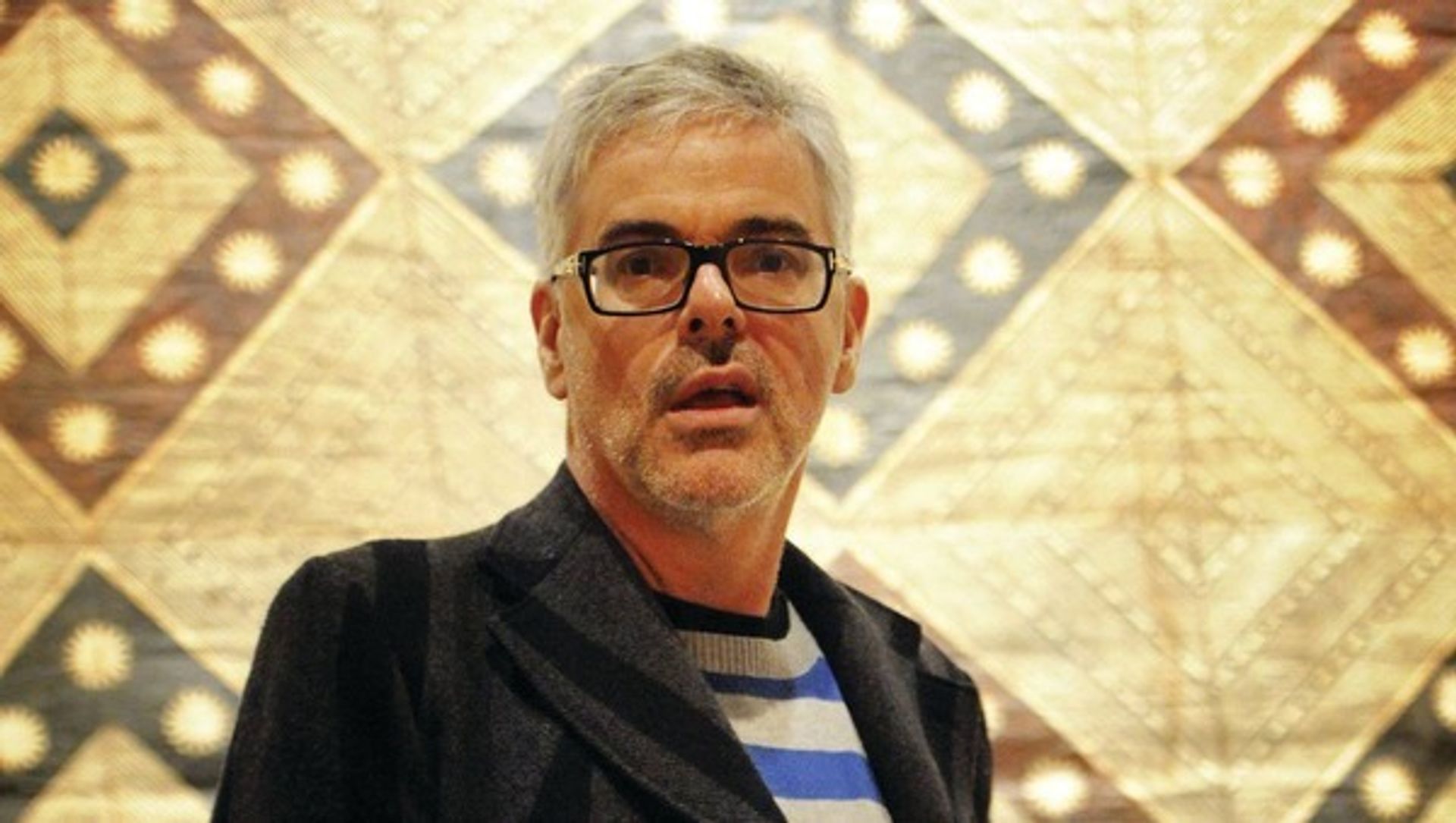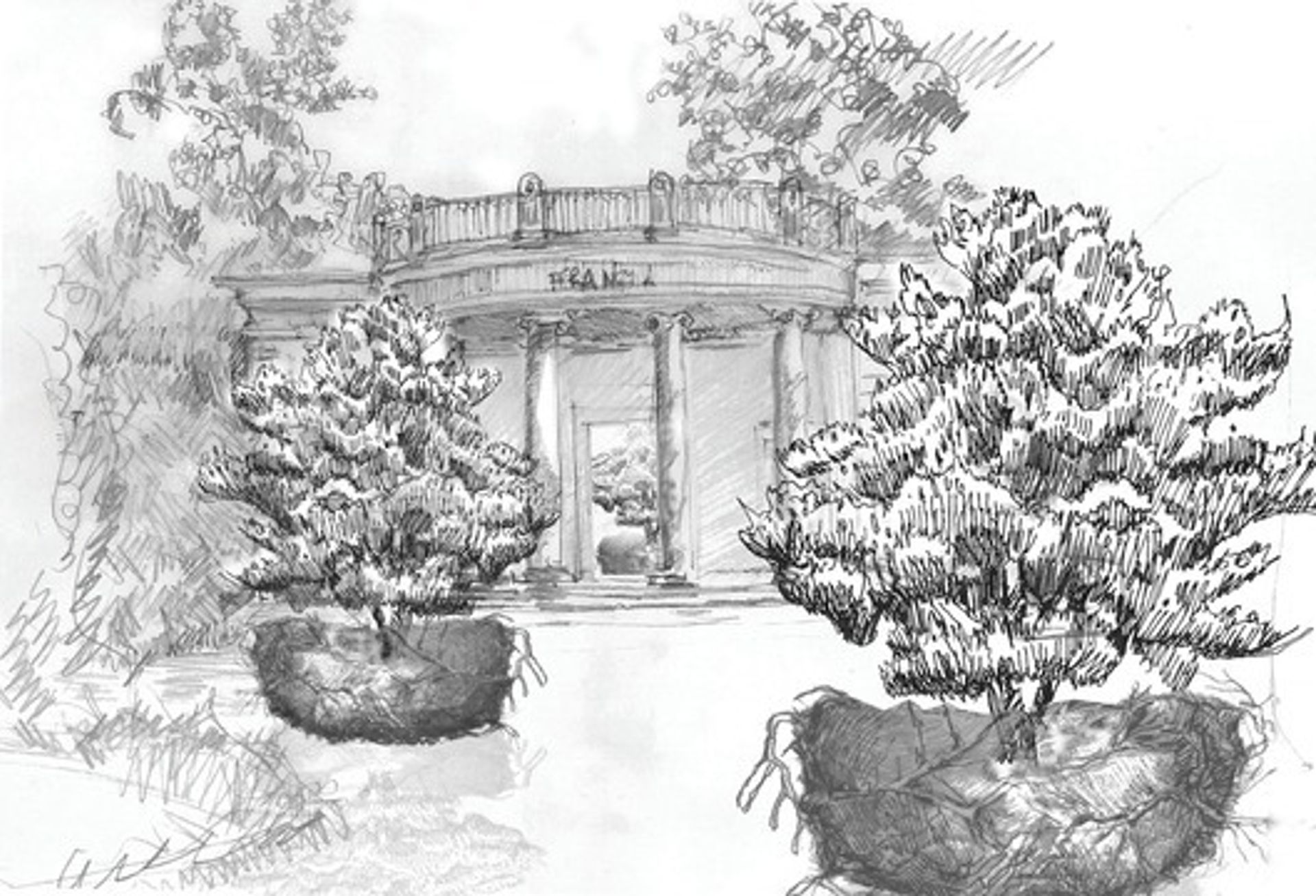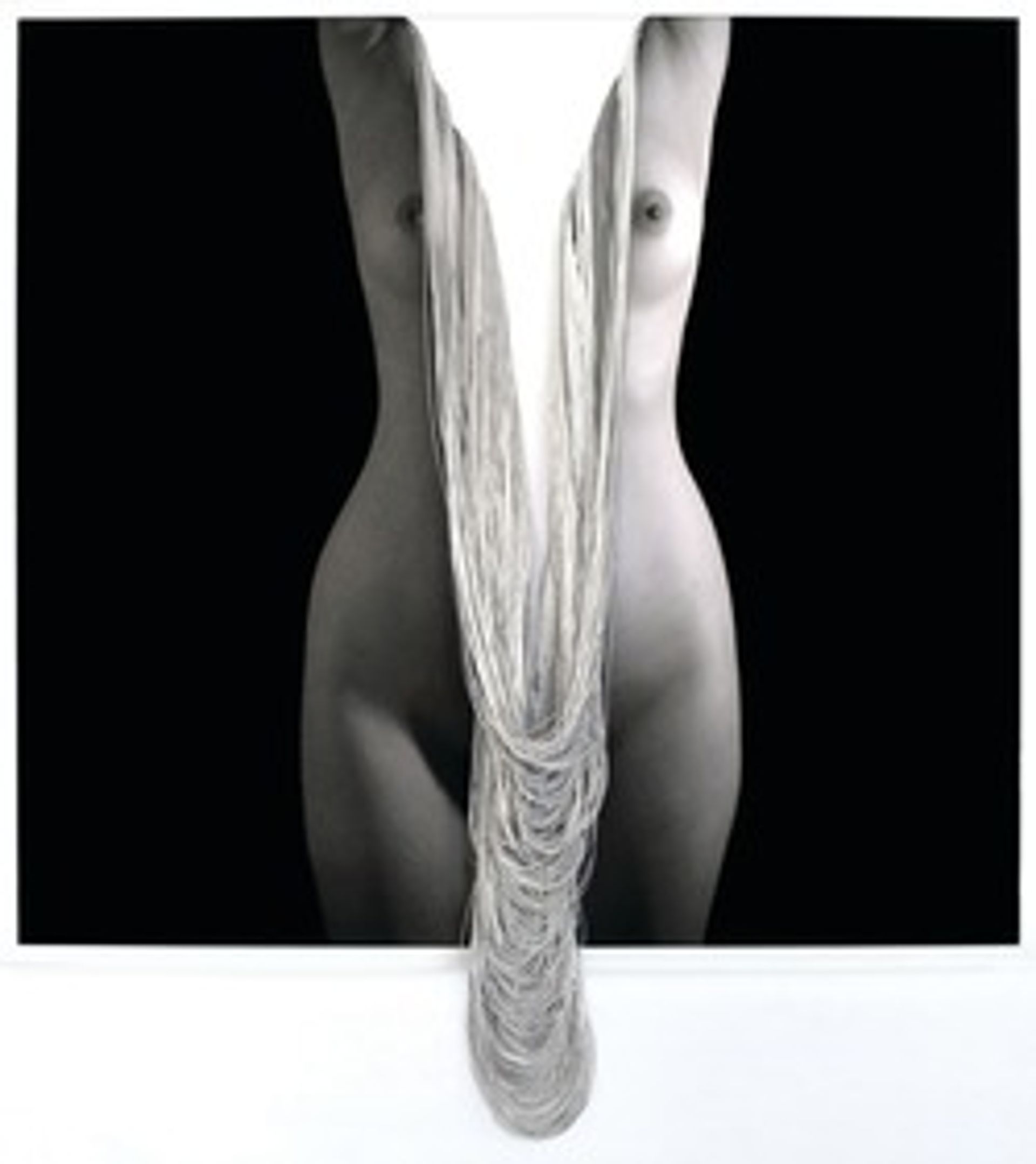The Venice Biennale is internationally recognised as one of the most important events in the cultural calendar—but not many of its visitors are aware that it is also one of the biggest marketplaces in the art world. State funding has traditionally been perceived as the backbone of the national pavilions in and beyond the Giardini, but the fact that the art trade injects cash into the world’s most prestigious exhibition has remained something of a secret. Now, however, a growing number of dealers and collectors are bankrolling presentations in the Giardini, the Arsenale and elsewhere.
For instance, New York’s Paula Cooper Gallery and the Tasmanian billionaire David Walsh are among the funders of the French pavilion, which is presenting the artist Céleste Boursier-Mougenot. The dynamic is accelerating with the proliferation of foundations in Venice, which are usually backed by private collectors and philanthropists.
Dealers are reluctant to go on the record about the revenue they provide for shows and new commissions in Venice. But some artists, curators and art advisers say that in today’s economic climate, and also because of the prestige attached to Venice, galleries inevitably contribute to projects at the Biennale. Vernissages, catalogues, publicity and marketing all ratchet up the costs.
Jens Hoffmann, the deputy director of the Jewish Museum in New York, says it is naïve to think that dealers will not pitch in. “Museums and biennials have less and less money… many rely on the support of dealers to help with the production of work, shipping and publications,” he says.

Extra backing required The artist Michael Elmgreen, half of the Scandinavian duo Elmgreen & Dragset, stresses that the Biennale has always been under-funded, especially when it comes to the production of works, accommodation and travel costs. “As with most museum shows or public art projects, such as the Fourth Plinth in London, artists always need extra backing from their galleries,” he says. There is usually a pay-off: most of the works on show in the Giardini and the Arsenale are for sale.
The Biennale is still the most important bellwether for all sectors of the art world. “Venice very much affirms a dealer’s taste and judgement, which is why dealers make such a significant investment of time and money,” says Michael Plummer, the co-founder of New York-based art advisory firm Artvest Partners. “There is a great deal at stake for the dealer’s brand, as well as that of the artist.”
As at art fairs, the top dealers are prevalent at the Biennale. In the main exhibition, “All the World’s Futures”, organised by Okwui Enwezor, 17 of the 136 artists are represented by six leading commercial galleries: Gagosian Gallery, David Zwirner, Pace, Marian Goodman Gallery, White Cube and Hauser & Wirth (four of these artists—Ellen Gallagher, Isa Genzken, Georg Baselitz and Andreas Gursky—are represented by more than one of these galleries).
These galleries also extend their reach into the national pavilions. For instance, Pace has two artists who are representing their countries: Adrian Ghenie is Romania’s choice, while Adam Pendleton is part of a group show in the Belgian pavilion. Christoph Büchel, part of Hauser & Wirth’s stable, is representing Iceland.
Emerging artists and the smaller and mid-tier dealers who represent them are also in the mix; 88 of the 136 artists in the main exhibition, including Kim Ayoung and Nam Hwa-yeon of South Korea, are appearing in Venice for the first time.
African artists are also in abundance: there are around 20, including the Ghanaian Ibrahim Mahama, who is creating a new work funded by A Palazzo Gallery in Brescia. London’s Jack Bell Gallery, making its debut in the international exhibition, represents three artists (Karo Akpokiere, Lavar Munroe and Gonçalo Mabunda) in Enwezor’s show.
Whether artists are blue-chip or emerging, the Biennale provides a prime opportunity to increase the value of their work. “What gets sel ected by Enwezor and the curators of the national pavilions, and thereby consecrated in the contemporary art world, will become more valuable,” says Olav Velthuis, the author of Talking Prices, an examination of the workings of the art market. He says that the impact on artists who are not yet known outside their regions, such as “the relatively large number of African artists”, will be considerable.
Frieze New York, rather than Art Basel, may benefit from the new dates for the Biennale, which was brought forward to May (to coincide with Expo Milan 2015). “The old credo ‘see in Venice, buy in Basel’ is up for revision,” Velthuis says.
Ethical questions
Although dealers’ cash could be said to keep the Biennale afloat, some argue that their support raises ethical questions. Hoffmann says that curators risk losing their independence if galleries are seen as the main supporter of shows. But, he says, “it is important not to sit on a high horse and pretend that there is an art world out there that is pure and independent of commercial interests”.
Some dealers say that curators are not swayed by commercial influences. “The integrity of the various curatorial processes [in Venice] leaves little room for market influence, and that is how it should be,” says Joost Bosland, a director of the South African gallery Stevenson.
Meanwhile, Andrew Renton, the director of Marlborough Contemporary in London, says that the organising bodies of the national pavilions are “pretty incorruptible. Take the British Council: it’s impossible to imagine it yielding up its absolutely rigorous selection process.”
A spokeswoman for the British Council says that its budget for the British pavilion is £250,000, adding that dealers pay the “entire cost of the production of new work made for the exhibition”, as well as paying for any opening reception. But most of the national pavilions are supported by a mix of private and public funding. Governments continue to back their respective presentations; for example, the Australian government, through the Australia Council for the Arts, is contributing A$1m ($770,000) to the new A$7.5m Australian pavilion, designed by the architectural firm Denton Corker Marshall and inaugurated by the sculptor Fiona Hall. The move “leveraged A$6.5m in private support from around 80 Australian families”, a spokeswoman says.
Private provision The budget for France’s show is €950,000, of which €300,000 has come from the French culture ministry and €350,000 from the Institut Français, the government-funded body that promotes French culture overseas. The remaining €300,000 is provided by 13 individuals and bodies, most of them private, including David Walsh and the three galleries that represent Boursier-Mougenot: Paula Cooper Gallery, Galerie Xippas in Paris and Galerie Mario Mazzoli in Berlin.

Vincenzo Trione, the curator of the Italian pavilion, acknowledges that dealers play a part in shaping the final product at the Biennale. He says that his presentation is funded by the Italian government and the airline company Alitalia, along with high-profile collectors such as the fashion designer Brunello Cucinelli and Turin-based Patrizia Sandretto Re Rebaudengo. Trione says, however, that he “engaged only with the artists, asking them to make new works at their own expense. Sometimes the artists have chosen to be supported in the production of these installations by art dealers and private collectors.”
Collectors and philanthropists are indeed stepping into the breach, particularly in countries where state support for the arts is virtually non-existent. Through his foundation, the Ukrainian billionaire Victor Pinchuk has supported the Ukrainian pavilion in 2007, 2009 and 2015. A spokesman says that the foundation invests in Venice projects without expecting any return, but that it recoups production costs if the work is sold within a certain time.
Other foundations supporting the Biennale follow slightly different models. Diana Campbell Betancourt, the artistic director of the non-profit Samdani Art Foundation, which is sponsoring the Bangladeshi artist Naeem Mohaiemen and the Indian group Raqs Media Collective in the Arsenale, says that the body will not recoup any costs if the artists’ work is sold. “Our support will cover aspects such as artists’ travel, equipment rental and installation,” she says.
Feroze Gujral, the director and founder of the non-profit Gujral Foundation in India, which is supporting the first joint presentation by India and Pakistan—“My East is Your West”, featuring work by Rashid Rana from Pakistan and Shilpa Gupta from India—also says that the foundation will not be reimbursed if any work is sold.
No state support Gujral says she decided to fund the show independently after her request for support from the Indian and Pakistani governments was refused. She says this was also the case in 2013, when Massimiliano Gioni, the curator of the international exhibition, tried to secure an official pavilion for India, but the Indian government rejected the proposal.
“We decided to pursue the project on our own to give artists from South Asia the support that they are not receiving in their own countries,” Gujral says. Other supporters of the project include Rajan Anandan, the vice-president and managing director of Google India, and his wife, Radhika, and the collector Sunil Munja.

Funding models are increasingly merging, however. Tagore Foundation International, a non-profit foundation set up by the New York- and Hong Kong-based dealer Sundaram Tagore, is behind “Frontiers Reimagined” (9 May-22 November), a major show featuring 44 artists from 25 countries, at the Museo di Palazzo Grimani. Tagore says that the cost of mounting the show, which has been co-organised by the Venetian state museum authority, will be more than $1m. The exhibition, which focuses on “intercultural dialogue”, includes works by Kim Joon of Korea and the Italian artist Vittorio Matino (both are represented by Sundaram Tagore Gallery).
Tagore points out that the show, financed by “private sources”, is non-selling. “The status of the Biennale is elevated because the most important collectors, curators and art critics from across the globe come together for this event, so it’s an incubator for ideas,” he says. “And ideas are the lifeblood of the art world.” Ultimately, the Biennale remains as much about concepts as commerce.

